Where do the symbols of male and female come from?

The meaning of popular male and female symbols today may not be known to everyone. Let's learn more about male and female symbols!
Do people who can wiggle their ears or raise one eyebrow really exist in the world? Let's find out together what these strange abilities are that very few people in the world can do!
The world as we know it can be explained by science. Yet there is one aspect of existence that still astounds even the brightest minds. There are things that science cannot understand. And we are not talking about the mysteries of time and space—we are talking about people with abilities that science cannot explain. Some people seem to have superhuman abilities. They do things that no one else can do, often because they acquired these abilities at some point in their lives without having to work hard to acquire them.
Here are some strange abilities that you probably never thought humans could do. Can you do any of them?
1. Ears can move
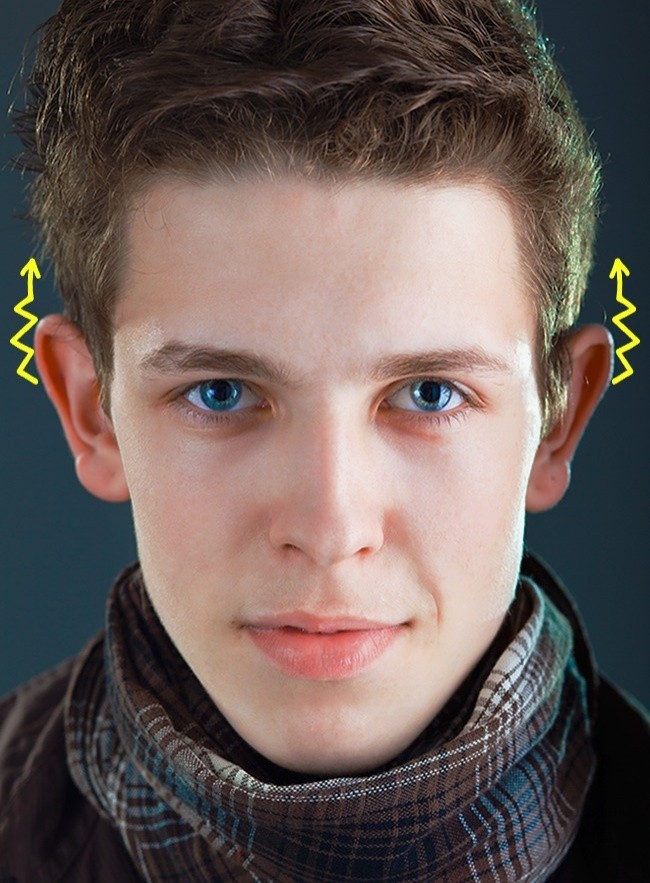
According to research, only 22% of the world's population has the ability to move one ear, and 18% can move both ears.
Since the primitive times, our ancestors had not yet fully evolved, and the ears, like other body parts, could still move. However, as time went on, humans gradually evolved and became more complete, and the moving muscles in the ears gradually disappeared, because they had no use in life.
2. Ability to move each toe individually
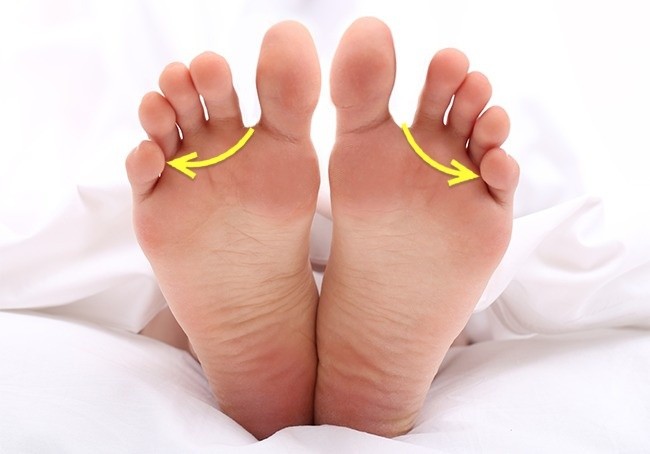
Try to wiggle your toes, it is definitely impossible, because when you wiggle one toe, all the other toes will move along with it.
The reason for this ability is that only the big toe and the little toe have their own muscles, while the remaining toes share a common muscle bundle. Therefore, very few people have the ability to move all their toes separately without affecting the remaining toes, especially the three middle toes.
3. Lick your elbow

Can you lick your elbow? If you hear this question for the first time, you will definitely raise your hand to try it right away, without any hesitation. But in reality, 99% of us cannot lick our elbows. Do you know why you can't do it? This is extremely simple, to do this you must meet two factors, one is a long tongue and two is a short forearm. And only 1% of the population can meet the above two criteria to be able to perform the action of licking the elbow.
4. Furrow one eyebrow
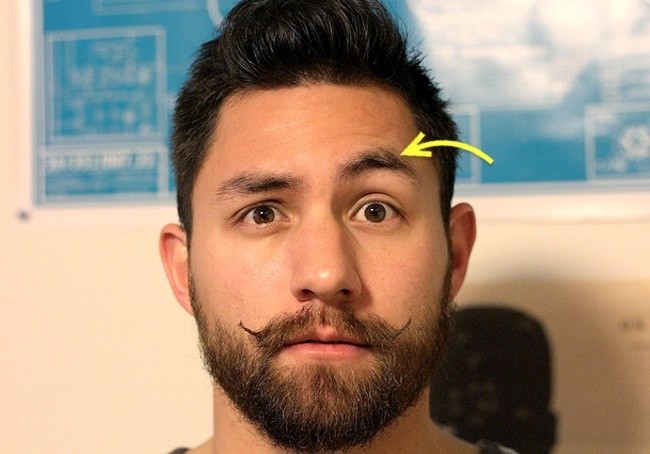
To do this, you must have good control over all the muscles in your face. According to scientists, this ability is inherited from our ancestors, and most people who can “wag their ears” can also frown easily.
5. Have dimples

Dimples are a noticeable feature for many people in modern life today. Dimples are easily noticed when we smile. These dimples are attached to the facial bones, so when smiling, part or both cheeks will be hidden inside, creating charm for the person who owns these dimples.
6. Hole in the ear
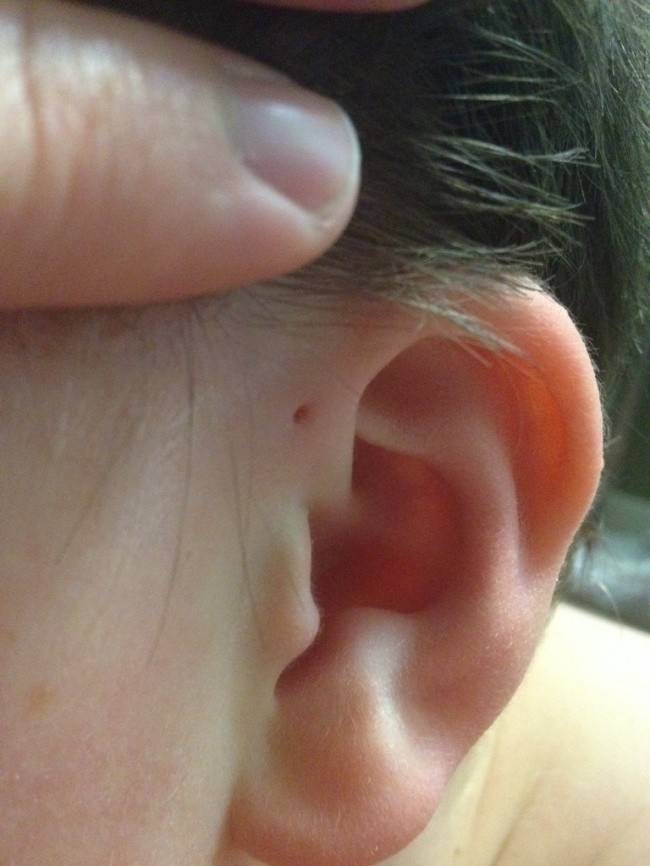
It is estimated that only about 5% of the world's population possesses this feature on their bodies. Currently, scientists still cannot explain this strange feature on our human ears. However, many people speculate that the small holes in our ears are due to genetic evolution from our ancestors when they lived in an aquatic environment.
7. Hitchhiker's thumb
Can you bend your thumb like the one in the picture above? Of course not, because only 25% of people in the world have this strange ability, and to do so, you must have a very special gene called “bendy thumb”.
8. Wrist tendonless
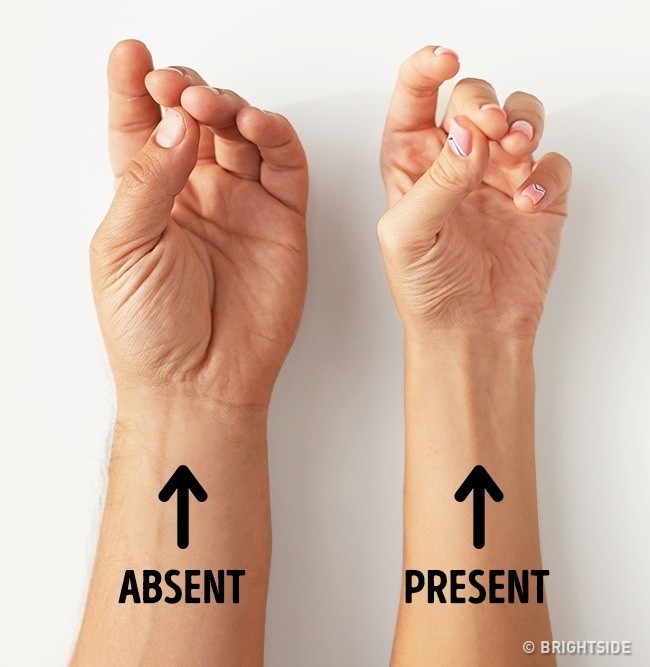
Try holding your hand out and flexing it and see if the veins on your wrist are bulging. If they are, you are exactly like 86% of the world’s population. If they are not, you are in the 14% of people with special abilities.
People who do not have this muscle group do not need to worry too much, because experts say that the lack of this muscle group will not have any effect on arm movement.
9. Possessing “Darwin's tubercle”
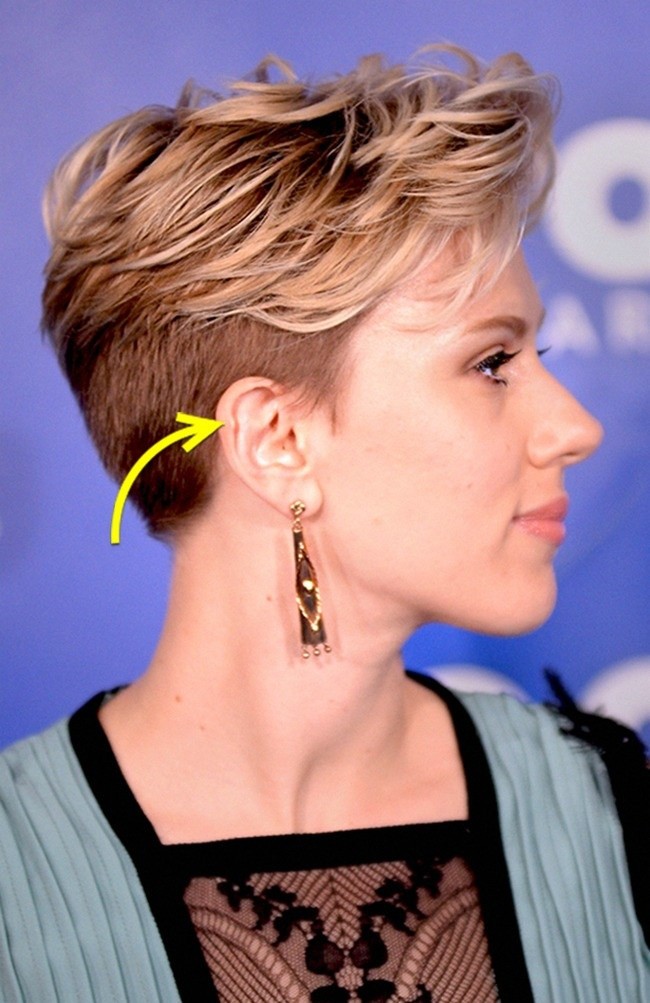
The characteristic of these ears is that they often have a small piece of cartilage protruding outside or the edge of the ear. This is a very normal thing, because these people often have not yet fully evolved, still have the same characteristics as our ancestors before they had ears.
Only 10% of the world's population possesses these special ears. These people often have a very good sense of music, as well as the ability to perceive sounds at high frequencies and recognize noises more clearly in noisy environments than normal people.
Diet is important to our health. Yet most of our meals are lacking in these six important nutrients.
At first glance, AirPods look just like any other true wireless earbuds. But that all changed when a few little-known features were discovered.
In this article, we will guide you how to regain access to your hard drive when it fails. Let's follow along!
Dental floss is a common tool for cleaning teeth, however, not everyone knows how to use it properly. Below are instructions on how to use dental floss to clean teeth effectively.
Building muscle takes time and the right training, but its something anyone can do. Heres how to build muscle, according to experts.
In addition to regular exercise and not smoking, diet is one of the best ways to protect your heart. Here are the best diets for heart health.
The third trimester is often the most difficult time to sleep during pregnancy. Here are some ways to treat insomnia in the third trimester.
There are many ways to lose weight without changing anything in your diet. Here are some scientifically proven automatic weight loss or calorie-burning methods that anyone can use.
Apple has introduced iOS 26 – a major update with a brand new frosted glass design, smarter experiences, and improvements to familiar apps.
Yoga can provide many health benefits, including better sleep. Because yoga can be relaxing and restorative, its a great way to beat insomnia after a busy day.
The flower of the other shore is a unique flower, carrying many unique meanings. So what is the flower of the other shore, is the flower of the other shore real, what is the meaning and legend of the flower of the other shore?
Craving for snacks but afraid of gaining weight? Dont worry, lets explore together many types of weight loss snacks that are high in fiber, low in calories without making you try to starve yourself.
Prioritizing a consistent sleep schedule and evening routine can help improve the quality of your sleep. Heres what you need to know to stop tossing and turning at night.
Adding a printer to Windows 10 is simple, although the process for wired devices will be different than for wireless devices.
You want to have a beautiful, shiny, healthy nail quickly. The simple tips for beautiful nails below will be useful for you.














